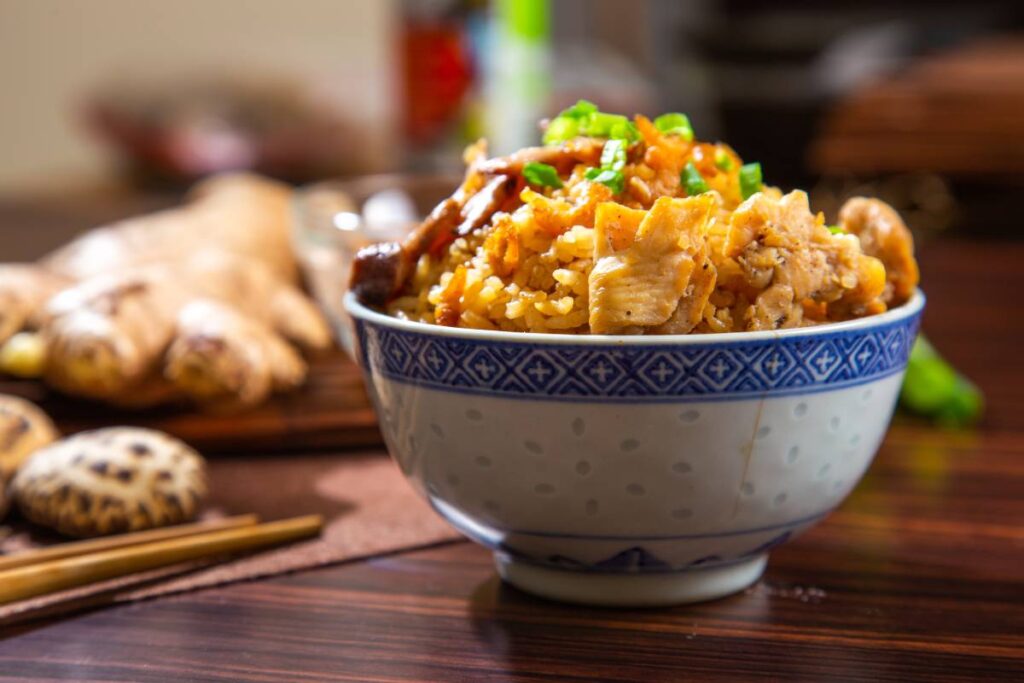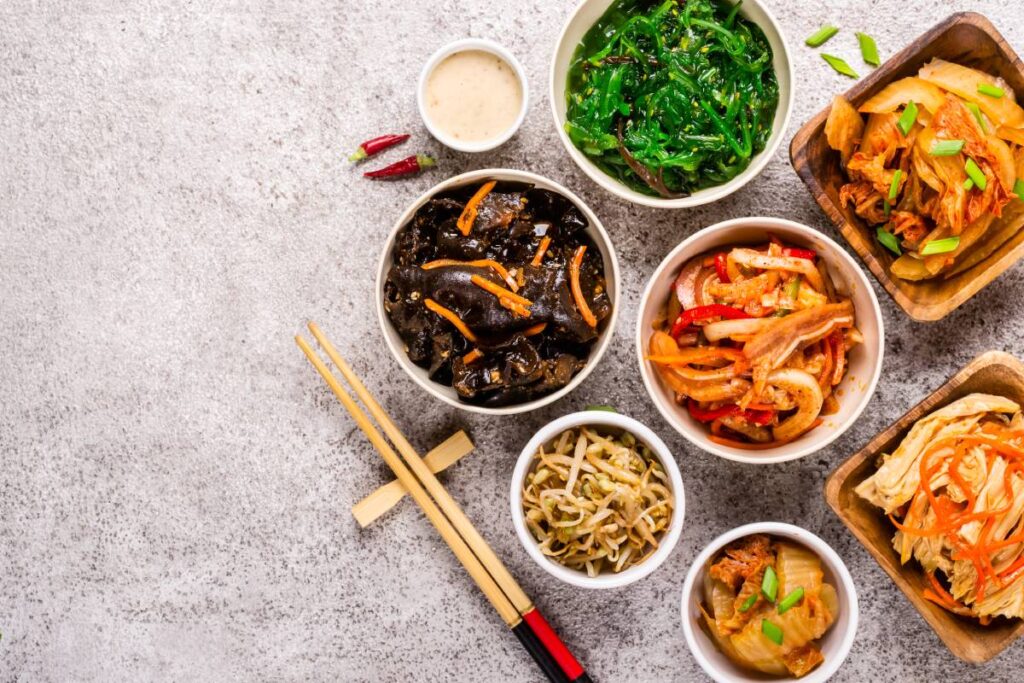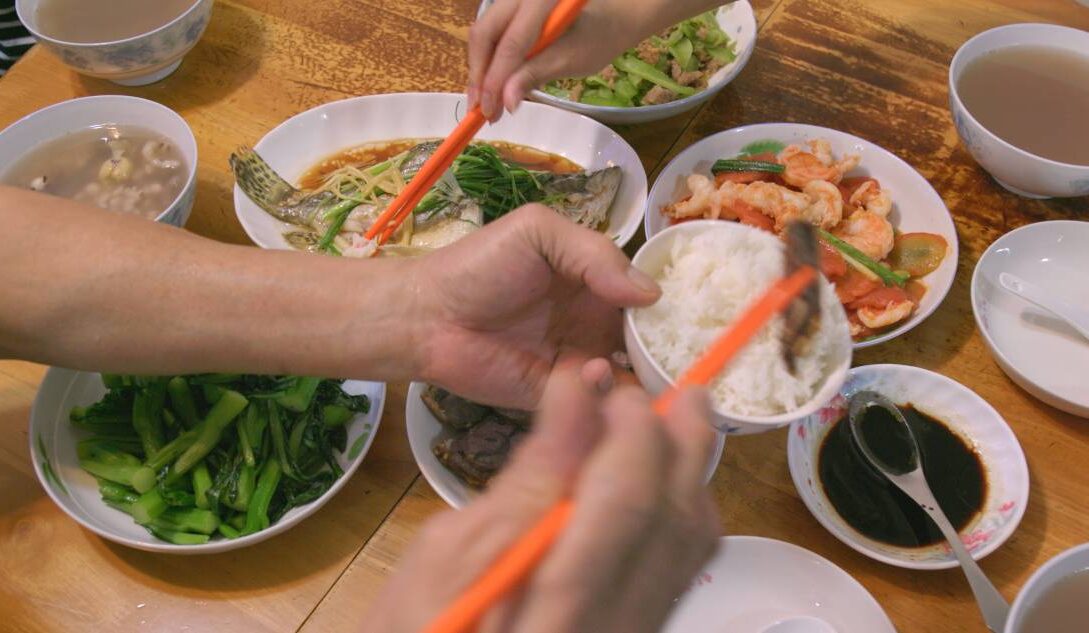When it comes to global cuisines, the spice factor often piques our curiosity. Thai and Chinese foods are known for their bold flavors, with spice playing a prominent role. Similarly, the spiciness of Indian cuisine adds another layer to the culinary tapestry. Exploring the spiciness of these cuisines and understanding the factors behind the delectable taste of Chinese food unveils a rich world of diverse flavors.
Is Thai food more spicy than Chinese?

Many people wonder if Thai food is spicier than Chinese cuisine. The answer depends on personal taste preferences and regional variations. In general, Thai cuisine is known for its bold and spicy flavors, often incorporating a mix of sweet, salty, sour, and spicy elements. On the other hand, Chinese cuisine encompasses a wide range of regional styles, some of which can be spicy, but not uniformly so.
Thai dishes commonly use ingredients like chili peppers, garlic, and various herbs and spices to create a vibrant and spicy kick. The famous Thai dish, Tom Yum soup, is a perfect example, featuring a spicy and tangy broth. Pad Thai, another popular Thai dish, often includes chili flakes for added heat.
In Chinese cuisine, the level of spiciness varies across different regions. Sichuan and Hunan cuisines are well-known for their fiery dishes, often featuring the numbing heat of Sichuan peppercorns and the intense kick of chili peppers. Dishes like Mapo Tofu and Kung Pao Chicken exemplify the spicy nature of these cuisines.
However, not all Chinese dishes are inherently spicy. Cantonese cuisine, for instance, tends to be milder and emphasizes the natural flavors of ingredients. Sweet and sour flavors are commonly found in Cantonese dishes, offering a contrast to the spicier profiles of other Chinese styles.
It’s essential to note that spice tolerance varies among individuals, and what may be considered spicy for one person might not be the same for another. Additionally, many restaurants and chefs adjust the spice levels in their dishes based on customer preferences.
In summary, while Thai food is generally known for its spiciness, Chinese cuisine varies widely in terms of heat. Some Chinese regional styles, such as Sichuan and Hunan, are famous for their spicy offerings, while others, like Cantonese, tend to be milder. Ultimately, the level of spiciness is subjective and can be adjusted based on personal taste, making both Thai and Chinese cuisines enjoyable for a wide range of palates.
Is Thai or Indian food spicier?

When it comes to spiciness, the comparison between Thai and Indian food is a matter of taste. Both cuisines are renowned for their vibrant and bold flavors, often incorporating a blend of sweet, salty, sour, and spicy elements. Thai and Indian dishes commonly feature various spices and herbs to achieve their distinctive tastes.
In Thai cuisine, the use of chili peppers, garlic, and an array of spices creates a lively and spicy profile. Iconic dishes like Tom Yum soup and Pad Thai often showcase this bold and zesty flavor combination, with chili flakes adding an extra kick.
Similarly, Indian cuisine is celebrated for its rich and diverse spice palette. The use of spices like cumin, coriander, turmeric, and chili peppers contributes to the complex and aromatic nature of Indian dishes. Popular dishes such as Chicken Tikka Masala and Vindaloo are known for their spiciness, offering a delightful heat that varies depending on the region and personal preferences.
While both Thai and Indian cuisines can be spicy, the type of spiciness differs. Thai spiciness tends to have a sharper, more immediate kick, often stemming from fresh chilies. In contrast, Indian spiciness is characterized by a depth of flavor, with a blend of various spices contributing to a more complex heat.
It’s important to note that spice tolerance varies among individuals, and what may be considered spicy for one person may not be the same for another. Additionally, many restaurants and chefs adjust spice levels based on customer preferences.
In summary, both Thai and Indian cuisines are known for their spicy offerings, but the type of spiciness sets them apart. Thai food often delivers a sharp and immediate kick, while Indian cuisine offers a more nuanced and complex heat. Ultimately, the level of spiciness is subjective and can be tailored to individual taste preferences, making both Thai and Indian dishes enjoyable for those who appreciate a flavorful and spicy culinary experience.
Why does Chinese food taste so good?

Chinese food’s deliciousness can be attributed to a combination of factors that create a unique and appealing culinary experience. The key elements contributing to the exceptional taste of Chinese cuisine include a diverse range of ingredients, skillful cooking techniques, and a harmonious balance of flavors.
One significant factor is the wide variety of ingredients used in Chinese cooking. With a rich agricultural heritage, China boasts an abundance of fresh produce, meats, seafood, and an array of aromatic herbs and spices. This vast selection allows Chinese chefs to create diverse dishes with unique flavors and textures.
Chinese cooking techniques play a crucial role in enhancing the taste of dishes. Stir-frying, steaming, braising, and deep-frying are common methods employed in Chinese cuisine. These techniques preserve the natural flavors of ingredients while imparting a distinct texture. Stir-frying, in particular, ensures a quick cooking process that retains the crispness of vegetables and the tenderness of meats.
The concept of Yin and Yang, representing the balance of contrasting elements, is fundamental in Chinese cuisine. This balance extends to the harmony of flavors—sweet, salty, sour, bitter, and umami. Each dish aims to achieve a perfect blend of these tastes, providing a satisfying and well-rounded culinary experience.
Moreover, Chinese culinary philosophy emphasizes the importance of seasonal and regional ingredients. This focus on freshness ensures that the dishes are not only flavorful but also align with the natural characteristics of the ingredients. The use of seasonal produce adds a dimension of authenticity and quality to Chinese cuisine.
Regional diversity is another factor contributing to the appeal of Chinese food. China’s vast size and varied landscapes have given rise to a multitude of regional cuisines, each with its own specialties and flavor profiles. Whether it’s the spicy dishes of Sichuan, the light and delicate flavors of Cantonese cuisine, or the hearty and robust dishes from the northern regions, Chinese cuisine offers a wide range of taste experiences.
Chinese food also places a strong emphasis on texture. The combination of crunchy, chewy, and tender elements in a single dish adds a delightful dimension to the eating experience. Ingredients like water chestnuts, bamboo shoots, and various noodles contribute to this diverse texture palette.
In summary, the deliciousness of Chinese food can be attributed to the use of diverse and fresh ingredients, skillful cooking techniques, a harmonious balance of flavors, adherence to seasonal and regional influences, and a focus on varied textures. These elements come together to create a culinary experience that is not only tasty but also reflects the rich cultural and culinary heritage of China.

Conclusion:
In the realm of global gastronomy, Thai, Chinese, and Indian cuisines stand out for their distinct spiciness. Thai dishes often offer an immediate, sharp kick, while Indian cuisine provides a more nuanced, complex heat. Meanwhile, the exceptional taste of Chinese food can be attributed to a harmonious blend of diverse ingredients, skillful cooking techniques, and a balanced fusion of flavors. The spice in these cuisines not only tantalizes the taste buds but also reflects the unique cultural and culinary influences that make each cuisine a delightful journey for the palate.
















